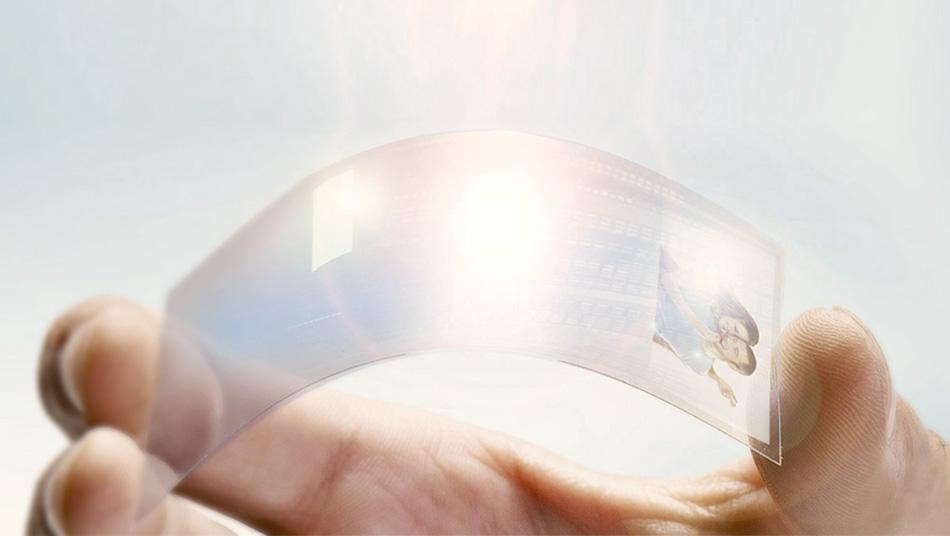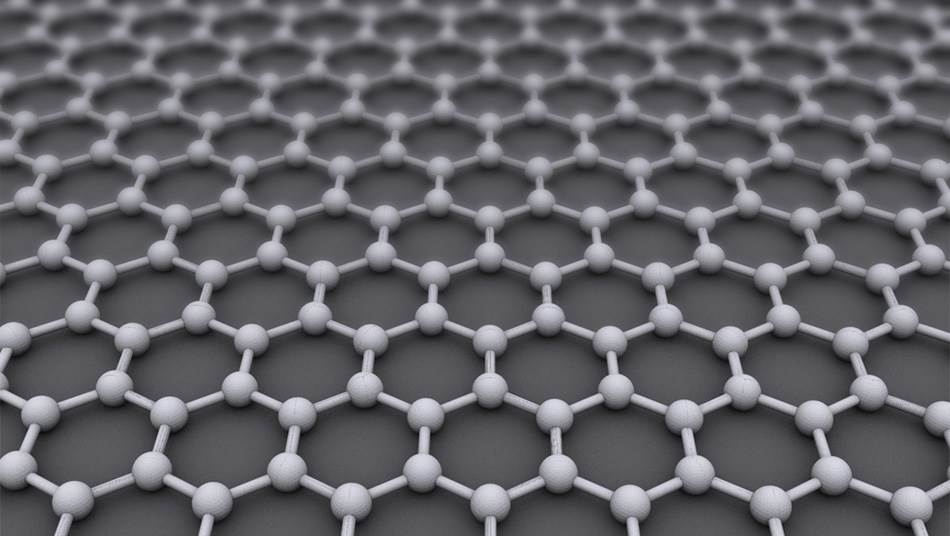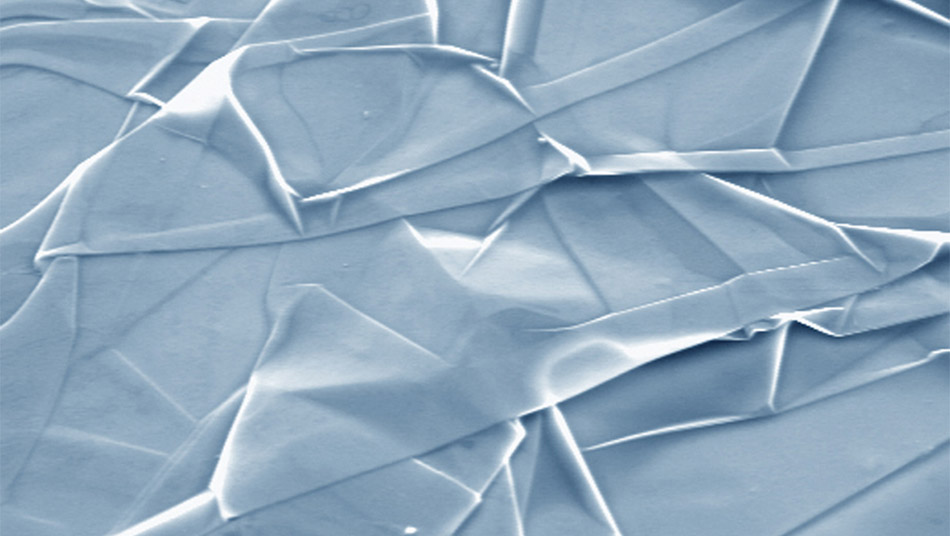
We’ve looked at wearable technology and also at how 3D printing and nanotechnology are changing and will change what we wear and how we wear it. But if there’s one technological revolution which appears to be destined to change our perspective entirely that certainly is graphene.

Graphene is a material unlike no other since it is a single layer of pure carbon atoms, tightly packed in a hexagonal pattern. This makes it exceptional in many fields: it is the thinnest compound known to man, the lightest (1 square meter comes in at roughly 0,7 milligrams), the strongest (300 times stronger than steel), the best conductor of heat at room temperature, the best electricity conductor ever known. And carbon is the second element in the human body as well as the 4th most abundant one in the universe. As you probably already know, this makes it the basis for all known life on earth and therefore terribly ecological & sustainable. But it’s when you begin looking at its possible applications that science fiction begins (and ends, since we are in the realm of reality).
We’ve known about the existence of graphene for quite a while and if you’ve ever used a pencil well, you might even have produced it yourself, by exfoliating its graphite (though in such quantities it is visible only at the atomic scale). Yet nobody, up until ten years ago, had ever extracted it from graphite. Then came two physicists from the University of Manchester, Kostya and Andre, who, in 2010, won the Nobel Prize for it.
Kostya puts it very clearly: “Graphene is a unique crystal in the sense that it has single-handedly usurped quite a number of superior properties: from mechanical to electronic. This suggests that its full power will only be realised in novel applications, designed specifically with this material in mind, rather then when it is called to substitute other materials in existing applications.”

Many believe that building supercapacitors from graphene will be the largest step in electronic engineering in a very long time, just because of its outstanding electricity conduction qualities. Batteries and capacitors have been very limiting factors in technological development. Power storage hasn’t developed as fast as the components they run. Most types of batteries are still very inefficient. In initial tests graphene supercapacitors demonstrated to be comparable to high power lithium-ion batteries in use today. What makes graphene better supercapacitors is that they are incredibly flexible, light, quick to charge, thin as air and comparably inexpensive to produce.
Electronically powered transportation will be revolutionised by it since batteries will last incredibly longer, without loosing their charging ability over time and recharging in seconds, not hours. Due to its strength graphene is turning into a potential replacement for kevlar in protective clothing, and will certainly hit vehicle manufacture and possibly even find uses as building material: with its translucent capabilities it will be possible to create intelligent (and superstrong) windows with virtual curtains or displaying images of our choice. Another remarkable trait of graphene is its hydrophobia. Graphene naturally repels water, but when micro-pores are made in it, rapid water permeation is allowed which sparked studies towards using it as a water filtration systems. With these micro-pores graphene lets water molecules pass but blocks the passage of contaminants and other substances. Graphene’s small weight and size can contribute to making a lightweight, energy-efficient and environmentally friendly generation of water filters and desalinators.
Imagine you are holding between your fingers a very thin (actually so thin you can’t feel it is there), entirely transparent sheet of paper. It behaves as a screen, in the sense that you can transmit data inside it as if it were a television. It conducts electricity. It is stronger than any material you know, so you could hang it on both sides in mid air and lay an object over it, which would appear magically suspended. No wonder companies have poured millions in research to come up with graphene uses in the fields of telecommunications and electronics. In a not distant future we are going to use foldable televisions and phones, and eventually electronic flexible newspapers which we’ll update trough wifi, all based on graphene.

And we could go on for hours because the possible applications are limitless, its more about changing perspective on what can be done than trying to fit graphene in our current methodology of thinking. So let’s get into our field: what can graphene do in clothing?
Graphene-infused fabrics will easily store photovoltaic cells which will allow them to charge our devices in a matter of minutes if not seconds. But this is just an evolution of what we’ve already seen with nanotechnologies, it’s just scraping the surface, since it will be a shift from wearable technology to actual wearable intelligence. It is easier if we tickle your imagination. Invisibility cloaks, for instance, are turning into reality: graphene is being experimented in Japan to project on fabric the surrounding environment in a way that allows blending like chameleons. Or think of a t-shirt. It doesn’t just have the colour-changing capabilities we’ve already explored with nanoparticles, it can actually visualise pictures, specific images, videos.
Lets pretend you’re out for a run. While you’re running, the invisible graphene based computer infused in the fabrics is monitoring a variety of data, from your body temperature to your heartbeat, your cadence, speed, gravitational centre, bloodstream pressure, lung capacity, etc… You get back home, your t-shirt wirelessly connects to your home computer and archives the data, compares it to previous runs, sends it to your doctor, etc… Even better, you can imagine that same t-shirt acting as a personal trainer, telling you to slow down if your heartbeat gets too high, giving you exercises…

We must really begin to think about computers as something invisible which can be included in anything, because this is what graphene promises to do. With this in mind it is easier to open yourself to possibilities which were unthinkable before, because something that we’ve been used to have as a physical object is gradually disappearing to blend into our world becoming impalpable. And this will certainly affect clothing. It will change the way we buy fashion, wear it and use it since it will become a multifunctional, interactive “tool”. These added values might entirely re-discuss style towards more purpose-driven designs? They might also question entirely industries like print design and colour dying since fabrics will change colours and patterns on demand? The entire definition of what fashion is might get revolutionised from the grounds up. From this point of view we are luckily living in exciting times.